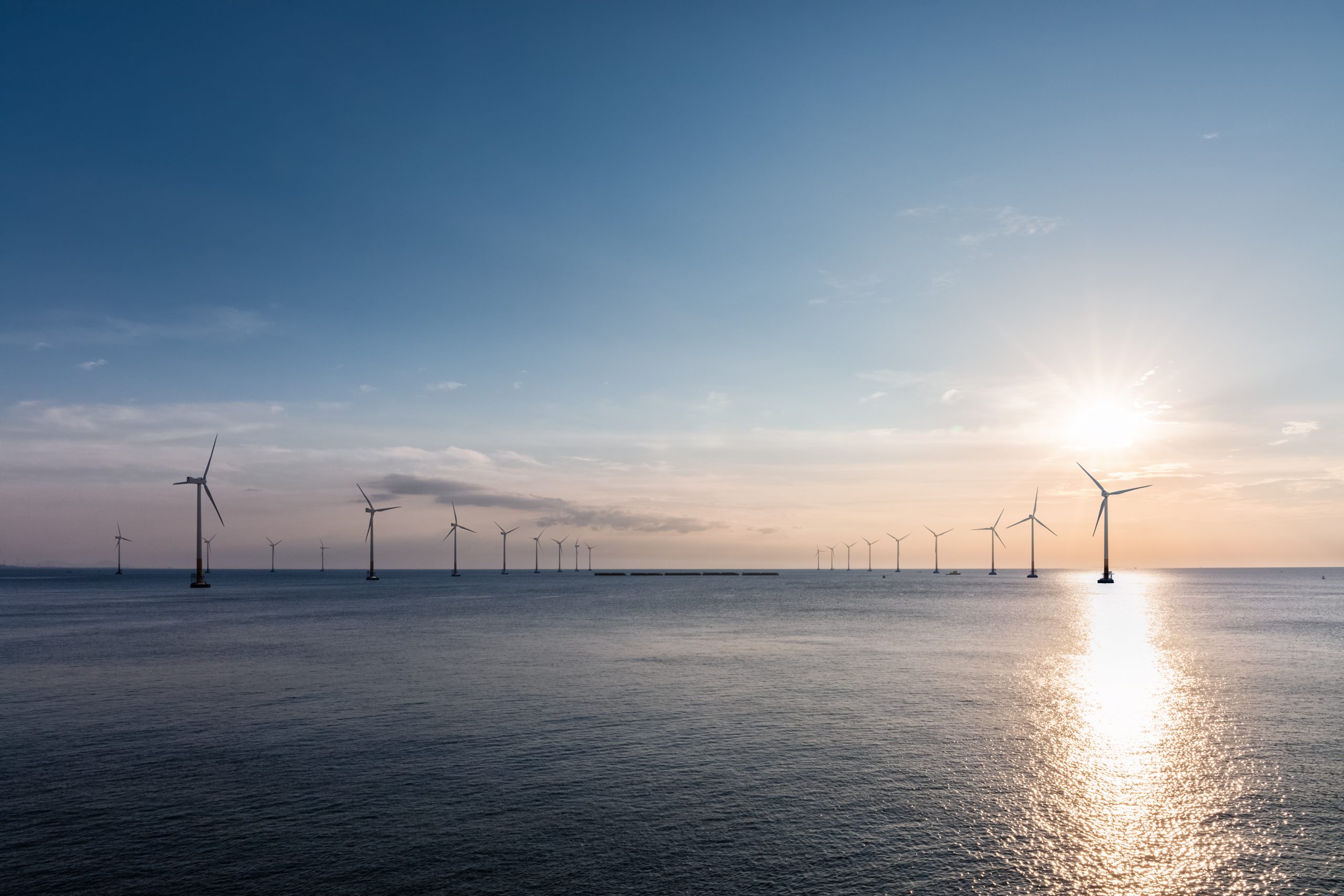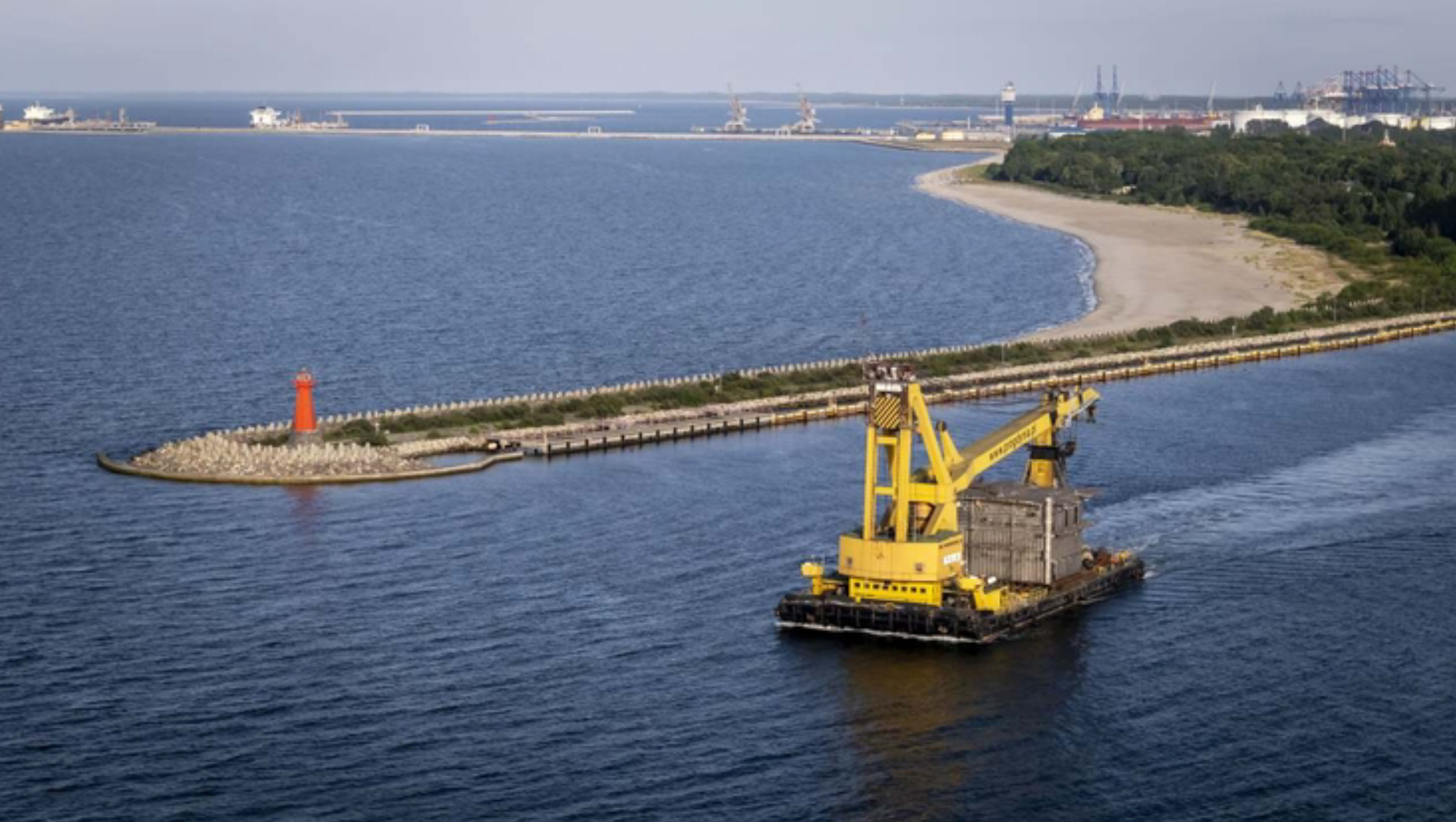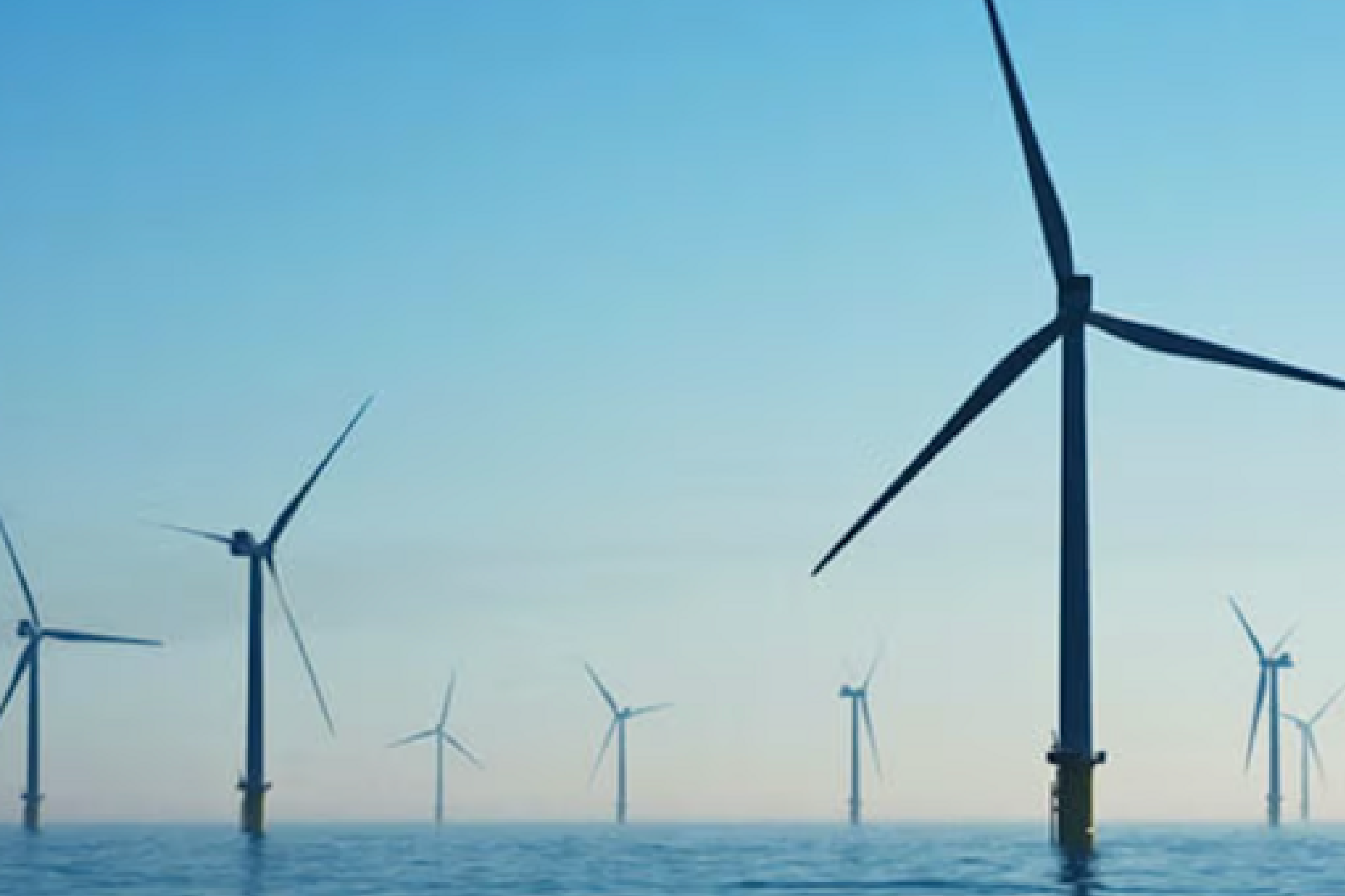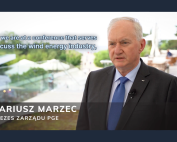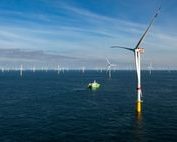The Swedish Energy Agency has unveiled the first objectives of a plan to enable the production of 120 TWh of energy as part of the government’s task to revise marine spatial plans. The report clearly describes which areas are attractive for wind power expansion. At the same time, however, the authorities have not agreed on new areas for energy production – a key prerequisite for an effective and strong expansion of offshore electricity production. The Swedish Wind Energy Association (Svensk Vindenergi) points out in a commentary two messages for the remaining work – it is urgent for the climate and competitiveness, and the consequences of inaction are great.
The Swedish Wind Energy Association stresses that it welcomes the solid work behind the authorities’ documentation. It is very positive that current project planning – areas that developers themselves consider suitable for energy production – is the starting point for many proposed areas. It is also positive that the authorities have now taken into account the rapid technological developments taking place in the industry.
The Swedish Energy Agency makes it clear that all solutions that can contribute to safe, competitive and sustainable electricity production will be needed. Offshore wind energy has a very high potential – from the perspective of the electric power system, it is considered desirable in virtually all of the country’s offshore areas. Sweden is an interesting country for investment in offshore wind energy, but it should not be taken for granted. The Confederation of Swedish Enterprise (Även Svenskt Näringsliv), in its recently published program to launch more wind power, also stresses that offshore wind power could be important for the business community’s energy supply.
Lina Kinning, responsible for offshore wind energy at the Swedish Wind Energy Association points out – “To meet soaring demand for electricity from industry and transportation – and to manage the climate transition in the long term – predictable permitting processes must be in place. Unpredictability and delayed decisions threaten to have a domino effect in the form of bottlenecks in the offshore wind value chain and in the expansion of necessary port infrastructure. It is absolutely crucial that the authorities share common goals and promote constructive cooperation.”
Key energy interest and coexistence is key to achieving 120 TWh
To make the goal of the government’s task a reality, the Swedish Energy Agency draws a conclusion from the report: because the authorities have been unable to agree on new areas of energy production, energy interests must be prioritized over other interests.
The Swedish Wind Energy Association welcomes the proposal that the Swedish Energy Agency play a role in the environmental permitting process to ensure that energy and climate interests are taken into account. It is very positive of the Swedish Energy Agency to stresses that energy production will have to be prioritized if the goal of producing 120 TWh of electricity is to be achieved. This is in line with the recently revised EU renewable energy directive, which gives solidity to the temporary emergency measures previously adopted last year for faster permitting processes for RES investments, stating that expanding such energy production is in the overriding public interest. In its wind power startup program, the Confederation of Swedish Enterprise notes the importance of instructions to the relevant authorities stating that they are responsible for expanded electrification. It is clear that the continued work of the authorities requires changed work processes in both the short and long term.
A particular challenge is the Swedish armed forces’ assessment that training areas where they cannot accept additional infrastructure may increase by 2030. In order to make progress toward the goal of 120 TWh of electricity production, the coexistence of several interests, particularly defense interests, must be resolved. The Swedish Wind Energy Association welcomes the development of the confidentiality management method that the authorities initiated in the assignment, and is eager to contribute to further dialogue.
Priorities for offshore wind energy development in Sweden
The 120 terawatt-hour (TWh) offshore wind target set in the marine spatial plans means 30 gigawatts (GW) of installed capacity from offshore wind. This means 1,500 wind turbines with a capacity of 20 megawatts (MW) on just 5 percent of the territorial waters. By comparison, Denmark and Belgium have allocated 10-15 percent of their territorial waters in their marine spatial plans (MSP) for energy production.
The MSPs should only be indicative, but since Sweden uses the so-called “open door” system that is completely market-based and devoid of national goals, MPSs are much more important here than in other countries. In addition to individual authorization processes for each project, plan reconciliation is the only process in which the authorities discuss offshore wind development in Sweden on an aggregate level.
The need for bold authorities to build knowledge
It is clear from the documentation that several of the authorities concerned believe they lack the knowledge base to make a sufficient assessment of the impact of offshore wind energy on their areas of responsibility. A fundamental part of being able to build this knowledge is to test, evaluate and learn from experience – in this regard the Swedish Wind Energy Association agrees with the Swedish Energy Agency. It is important for authorities to dare to take decisions on offshore wind power expansion (within the framework of the precautionary principle), contributing to knowledge building.
The urgency of climate change – high-cost alternatives
The Swedish Wind Energy Association believes that the authorities should consider two perspectives in further work on marine spatial plans:
(1) Time aspect. Since the authorities were tasked with the job, it has become increasingly clear that demand for electricity is growing rapidly, and that a large increase will occur before 2030. The UN’s IPCC climate panel says in its latest report that it is truly urgent for the world to reach the goals of the Paris Agreement on time, and that electrification and wind power development are a key part of the solution. Sweden is being electrified at a rapid pace – by 2035 electricity demand will double compared to today. In further work on maritime spatial planning, the aspect of time must be of great importance in discussions.
(2) Opportunity costs. A common major challenge is global warming. Climate change is expected to further intensify and will affect the needs of all authorities under the maritime spatial planning task. The authorities should include a discussion of opportunity costs and the climatic, environmental and economic consequences for society if renewable energy production, especially offshore wind power, is not increased in time. The alternative to effective authorization processes has far-reaching social consequences and is linked to the possibility of a successful climate transition.
Information on revised maritime spatial plans is due December 31, 2024.
Source: Swedish Wind Energy Association (Svensk Vindenergi).
